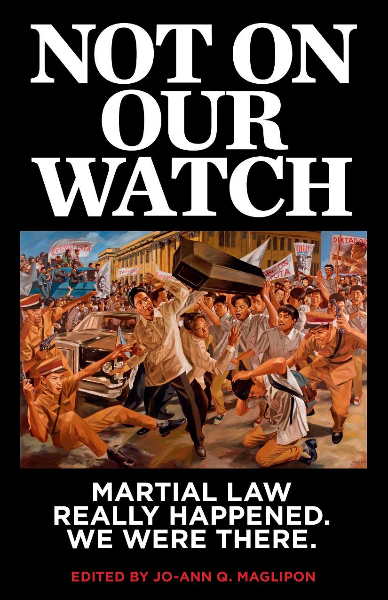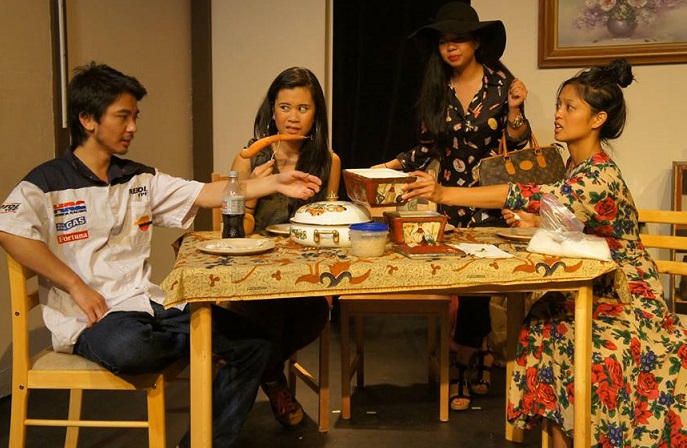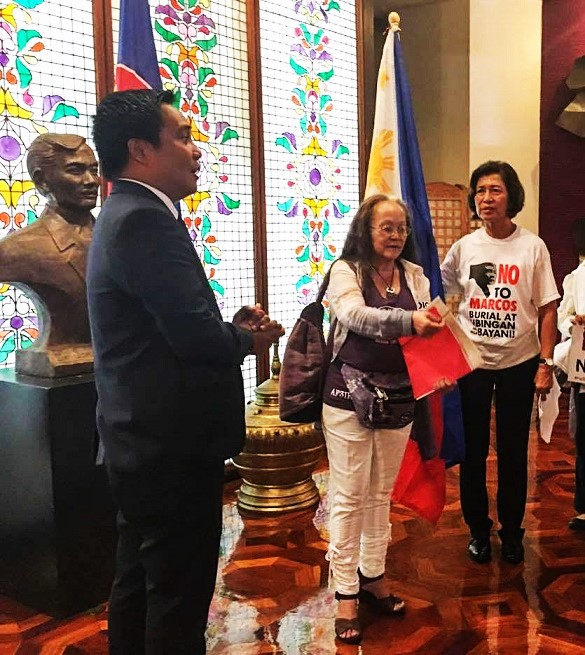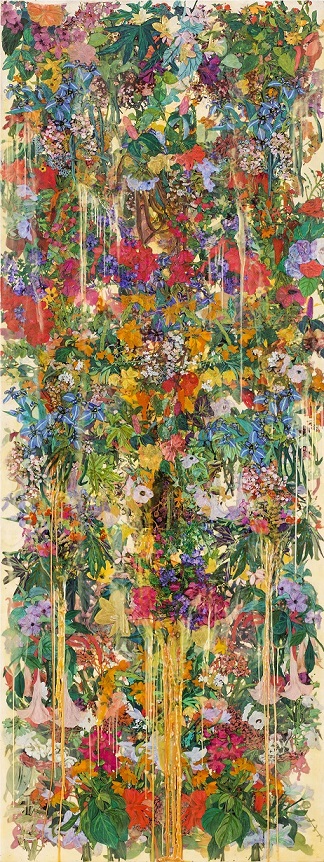Faith and hope hit the streets of Manila
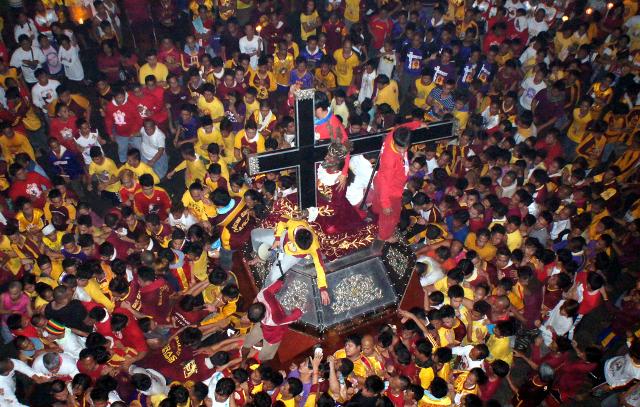
By Johnson Lazaro, Esq.
Manila memories of the martyr
In my pre-American stage, as a youngster of about 7 or 8 years of age, I vividly recall the procession of the Black Nazarene through the streets of Manila. My dad took part in a number of the annual processions. I remember thousands of Filipinos lining the procession route, many intent on trying to touch the icon as it passed in the belief that miracles would occur in their lives.
Earlier this January when I visited the country, I watched the procession from a hotel window, and the memories washed over me.
The Black Nazarene
According to historical accounts, in 1606, a Spanish priest in Mexico had an icon put aboard a Spanish galleon bound for Manila. The statue was a life-sized, wood-carved image of Christ bearing The Cross. En route to the Philippines, a fire broke out on the huge ship and the image was seared by fire and became blackened. Because it survived, it became a totem for miracles. Its name reflects the hometown of Jesus: Nazareth.
Since 1787 the icon has been enshrined at Saint John the Baptist Church in Quiapo, a district in Manila. For more than 200 years the church clergy have been putting the revered statue on a gilded carriage which is pulled by penitents in bare feet through the streets of Manila.
The procession is a 24-hour-plus event. Vehicle traffic is paralyzed throughout Manila as literally millions of fervent Catholics gather to at least see, if not touch, the holy image. Many of the celebrants are barefoot in acknowledgement of how Christ walked to his earthly death.
Life and limb are often at risk as people surge toward the wooden image for a touch. Some throw towels at the stewards on the carriage, hoping they will wipe the image and throw the towel back for at least a second-hand blessing. (The Philippine Red Cross recorded over 600 injuries this year.)
As I watched the procession from my hotel room, I couldn’t help but wonder what kind of people can show such passion, such devotion. I must remind myself that I too am a Filipino, that these are my people. Then more questions start rolling across my mind. What effect does this ritual have on the lives of the masses? Is this good for the nation? Good for the people? What does this amazing spectacle of humanity-swept-away say about them, about me, about us?
Answers in the Streets
As I toured the old city and its surroundings in the aftermath of the procession, I still saw extreme poverty. People were still sleeping on cardboard beds in the alleys. I still saw many street kids who are homeless. The Philippines has been a “developing” country for ages. Yes, there is a growing middle class, affluence is visible. Despite this economic progress, it is still a country where there is much suffering.
The Sunday after the procession, I attended mass and the priest laid out the elements behind the spirit and the devotion of the people. Everyday people identify with the suffering of the Black Nazarene. The wounds, the blood, the crown of thorns, the bare feet, the burden of the heavy cross, all point to a divinity who knows the extremes of human suffering.
Daily Struggles
Often I wonder if Filipinos are used to suffering – that struggle is the only reality for them. A single Filipino mother gets up at 5 a.m. to push a huge cart of vegetables for miles in hopes of earning a measly ten bucks to feed her family. The taxi driver who struggles to stay awake during his 14-hour shift earns twenty dollars at the end of the day and considers himself lucky and blessed by the divine.
Despite their grinding lives, the folk seem to have a respect for each other and for the dignity of life in a hostile environment. Every time I visit the Philippines as part of my law practice, I am always in awe of the fact that just about everywhere I look people are stalwart and often thrive. Though they may be selling newspapers in the middle of a dusty street, working menial jobs in fast-food joints, or struggling with unemployment (a heart-wrenching number), Pinoys are trying to live decent lives. Perhaps it is their faith that serves them so well.
Faith doesn’t kill the will of the people
Some holier-than-thou types have accused the Filipinos of being idol worshippers, fanatics, overly superstitious, and the like. I contend that their faith has had a very positive effect on the lives of the population. It has kept them strong and able to endure all sorts of hardships and calamities.
When I return stateside, I will listen to the common complaints of American workers. Monday is the start of a horrible week at work. Or the Starbucks ran out of their favorite grind. I can no longer sympathize after watching the procession of the Black Nazarene and the ever-hopeful who acknowledge him. I have great comfort in realizing that my fellow Pinoys have high hopes. Like a job. Or a good cup of coffee.
Johnson Lazaro has been practicing law for over 25 years. He represents immigrants in the U.S. Embassy in Manila. For questions please call 510-330-0006 or Email: law@lazarolaw.com

